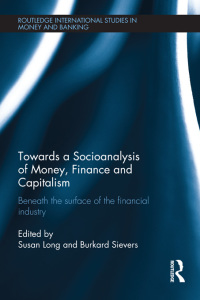
Assume that the aggregate worldwide income of U.S. corporations is $2.4 trillion (annually), of which $1.4 trillion is subject to the U.S. corporate income tax. The remainder is being held in foreign subsidiaries, and has not yet been subject to U.S. tax. Further assume an effective tax rate of 35 percent before credits. Many policy makers believe that the reduction of the U.S. corporate tax rate to 21% will encourage U.S. multinationals' (MNCS') to "re-shore" their foreign earnings to the U.S. The extent to which this is true is unknown of course. However, for purposes of this problem assume that we project that a reduction in the corporate tax rate to 21 percent should increase the corporate tax base by $500 billion (i.e., half of "offshore" income will be "re-shored.") Based on that assumption, what would be the estimated direct revenue impact of a reduction of this magnitude in the U.S. corporate income tax rate? That is, what would be the net reduction in corporate tax revenues before credits? (Note: your answer should be submitted in billions, using a minus sign to denote a negative estimated impact-for example, if you estimate that the change in tax rates would reduce federal corporate tax revenue by $11.5 billion, your answer should be formatted as 11.5) QUESTION 2 Assume the same facts as in question 1. Further assume that a secondary (i.e., indirect) result of the increased corporate tax base would be an increase in corporate dividend payouts. By how much would dividends (to taxable investors) have to increase to make up for the revenue shortfall? Assume a 20% dividend tax rate, and format your answer as described in part a. (i.e., 11.5). Assume that the aggregate worldwide income of U.S. corporations is $2.4 trillion (annually), of which $1.4 trillion is subject to the U.S. corporate income tax. The remainder is being held in foreign subsidiaries, and has not yet been subject to U.S. tax. Further assume an effective tax rate of 35 percent before credits. Many policy makers believe that the reduction of the U.S. corporate tax rate to 21% will encourage U.S. multinationals' (MNCS') to "re-shore" their foreign earnings to the U.S. The extent to which this is true is unknown of course. However, for purposes of this problem assume that we project that a reduction in the corporate tax rate to 21 percent should increase the corporate tax base by $500 billion (i.e., half of "offshore" income will be "re-shored.") Based on that assumption, what would be the estimated direct revenue impact of a reduction of this magnitude in the U.S. corporate income tax rate? That is, what would be the net reduction in corporate tax revenues before credits? (Note: your answer should be submitted in billions, using a minus sign to denote a negative estimated impact-for example, if you estimate that the change in tax rates would reduce federal corporate tax revenue by $11.5 billion, your answer should be formatted as 11.5) QUESTION 2 Assume the same facts as in question 1. Further assume that a secondary (i.e., indirect) result of the increased corporate tax base would be an increase in corporate dividend payouts. By how much would dividends (to taxable investors) have to increase to make up for the revenue shortfall? Assume a 20% dividend tax rate, and format your answer as described in part a. (i.e., 11.5)







